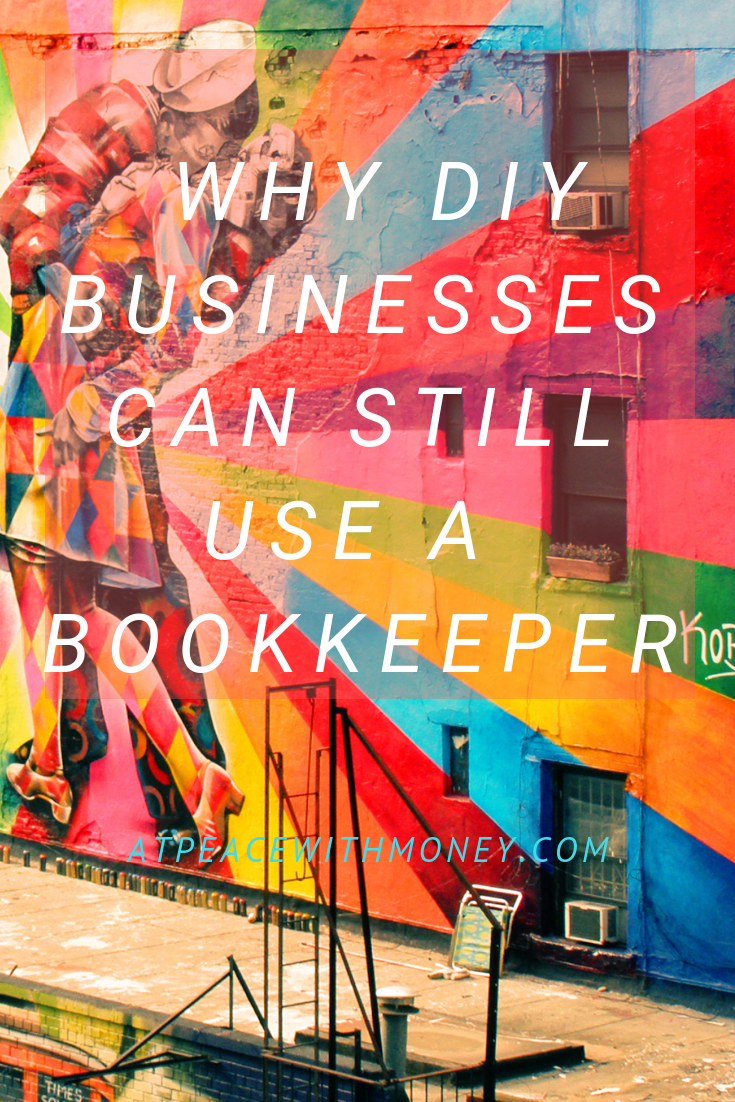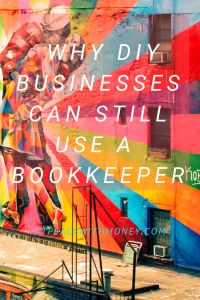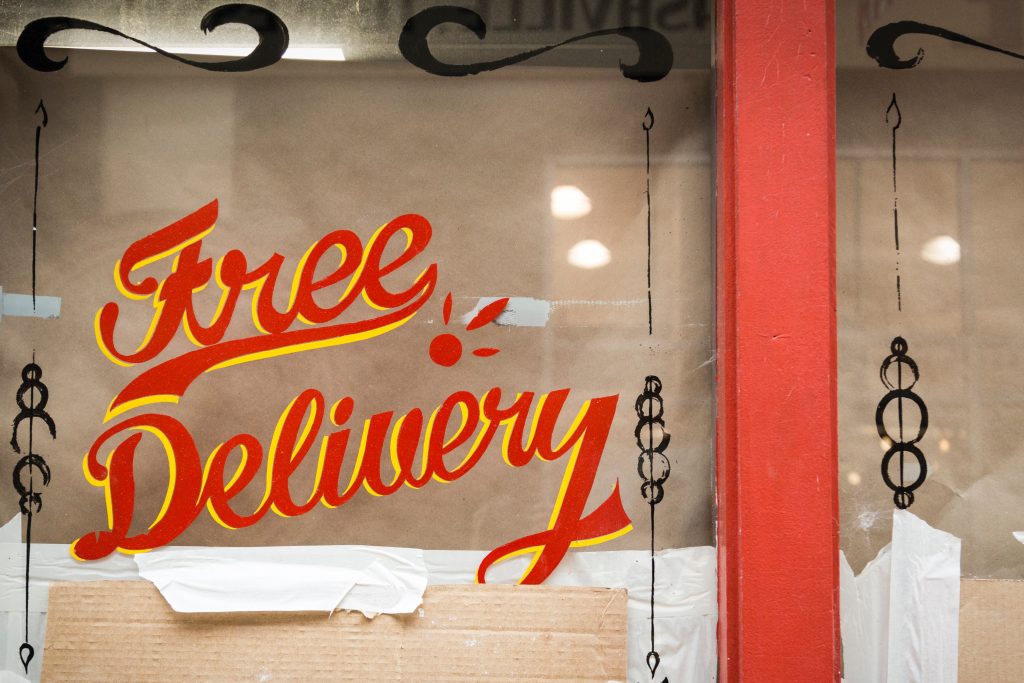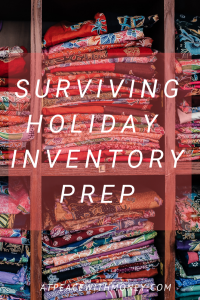When to Take the Leap

You’ve relegated your passion project to side hustle status for a long time, working on it in between your day job and other parts of your life. But you know that if you want to get your business growing, you need to invest more time. That’s when you start asking yourself, “When can I get this off the ground? When can I take the leap, quit my job, and do this full time?” This is a question that must be considered carefully. While I support jumping in, I think it’s best to make the decision based on practical financial criteria. Taken at the wrong time, that leap could jeopardize your business. So, let’s take a closer look at what criteria you and your business should meet before you’re ready to take it to a full-time level.
Savings
Before you leap into the realm of self-employment, it’s good to have some savings to cover your expenses before things get going. This requires calculating your living expenses for each month, and then deciding how many months worth you want to have saved up. Many sources recommend saving up between six months and a years’ worth of expenses, but it’s ultimately up to you. Whatever number you decide, make sure it correlates with how much time you think you’ll need to get your business to a point where it supports you. If you need some resources to help you determine your monthly expenses, I recommend my article “Three Steps to Financial Clarity.”
Proof Of Concept
It’s important to prove to yourself somehow that people actually want your product or service – that there is a demand and real profitability in your idea. Setting up some metrics specific to your business idea can help you divine whether this is the case or not. Depending on your industry, this test could look very different. It might be helpful to research what success and demand look like in your industry. Ensuring that your business will have customers is an important step in the path towards solopreneurship.
 I know they say “Leap and the net will appear,” but in order to take care of yourself financially, I think it’s best to take the leap only when you’ve already constructed at least some of that net for yourself. I understand this is difficult territory. It can be hard to know when you might make more money if you’re able to work on your hustle full time, rather than playing it safe and keeping it on the side. My advice is to think carefully and critically and make sure you have the resources to take care of yourself!
I know they say “Leap and the net will appear,” but in order to take care of yourself financially, I think it’s best to take the leap only when you’ve already constructed at least some of that net for yourself. I understand this is difficult territory. It can be hard to know when you might make more money if you’re able to work on your hustle full time, rather than playing it safe and keeping it on the side. My advice is to think carefully and critically and make sure you have the resources to take care of yourself!
If you enjoyed this article and want to talk more about the profitability of your business, and how you can make it work for you, don’t be afraid to reach out. You can check out my Services page and schedule a call.
I first published this post back in May, but I thought August would be a good time to roll it out again, with our theme being transitions. If you have other business transition-related thoughts or questions, just let me know in the comments. I’d love to address them this month!
Angela
Image: Chris Ouzounis





 afternoon off, a fun or inspiring event, or whatever you’d like to do to celebrate your achievements so far! Being a self-starting solopreneur is hard work. If you’ve done the work, you deserve to cheer yourself on once in a while.
afternoon off, a fun or inspiring event, or whatever you’d like to do to celebrate your achievements so far! Being a self-starting solopreneur is hard work. If you’ve done the work, you deserve to cheer yourself on once in a while.


 When you’re making your plan, be sure to adapt your goals to what’s worked so far this year. If you really love a certain routine or feel fired up to keep working toward a certain goal, go for it. If you’ve stalled on a project because you need to do more research, carve out some time to go back to the drawing board. When charting your course, keep your own needs and preferences in mind.
When you’re making your plan, be sure to adapt your goals to what’s worked so far this year. If you really love a certain routine or feel fired up to keep working toward a certain goal, go for it. If you’ve stalled on a project because you need to do more research, carve out some time to go back to the drawing board. When charting your course, keep your own needs and preferences in mind.


 Some business owners may feel that they are not ready to hire a bookkeeper, so they prefer to keep their own records. If this is you, you can still benefit from having a bookkeeper review what you’ve done. Or perhaps you need some training on how to set up and maintain your bookkeeping – an expert can offer this too. Many solopreneurs also benefit from Profit First Financial Coaching in order to
Some business owners may feel that they are not ready to hire a bookkeeper, so they prefer to keep their own records. If this is you, you can still benefit from having a bookkeeper review what you’ve done. Or perhaps you need some training on how to set up and maintain your bookkeeping – an expert can offer this too. Many solopreneurs also benefit from Profit First Financial Coaching in order to 


 create a financially streamlined business. Strategizing to prepare for surprise expenses and taxes, offer more of your most profitable products or services at the optimal time of year, and remembering to pay yourself all contribute to financial success. If you’re interested in doing this analysis work with some professional help, I’m happy to speak with you. Take a look at
create a financially streamlined business. Strategizing to prepare for surprise expenses and taxes, offer more of your most profitable products or services at the optimal time of year, and remembering to pay yourself all contribute to financial success. If you’re interested in doing this analysis work with some professional help, I’m happy to speak with you. Take a look at 


 Separating your accounts also makes things much easier at tax time, when you need that information anyway. Having your accounts separated and that information readily available means you’re less likely to give up and overpay on your taxes. This means more profit for you.
Separating your accounts also makes things much easier at tax time, when you need that information anyway. Having your accounts separated and that information readily available means you’re less likely to give up and overpay on your taxes. This means more profit for you. 

 Overall, Megan stressed the importance of understanding what you really want from your business and your life, and structuring it to include more of what you want. Whether this is more time in the studio, more time with your family, or less time spent on certain tasks, automation helps creatives focus on the work they really want to be doing. I have written a little bit about how
Overall, Megan stressed the importance of understanding what you really want from your business and your life, and structuring it to include more of what you want. Whether this is more time in the studio, more time with your family, or less time spent on certain tasks, automation helps creatives focus on the work they really want to be doing. I have written a little bit about how 


 I really enjoyed speaking with Megan because our goals are very similar; we both want creative solopreneurs to have profitable businesses that allow them to spend time doing what they most want to do. Whether it’s their creative work or other pursuits, all of those things take financial security. Business success is within reach, even, and especially if you run a creative business. I encourage you to watch the full interview here and check out Megan’s resources,
I really enjoyed speaking with Megan because our goals are very similar; we both want creative solopreneurs to have profitable businesses that allow them to spend time doing what they most want to do. Whether it’s their creative work or other pursuits, all of those things take financial security. Business success is within reach, even, and especially if you run a creative business. I encourage you to watch the full interview here and check out Megan’s resources, 






 account to build up your balance, or take out an extra allowance if you’ve earned a reward. Setting up rewards systems for yourself can be another motivator to keep you money systems consistent, organized, and ensure they meet your needs.
account to build up your balance, or take out an extra allowance if you’ve earned a reward. Setting up rewards systems for yourself can be another motivator to keep you money systems consistent, organized, and ensure they meet your needs.